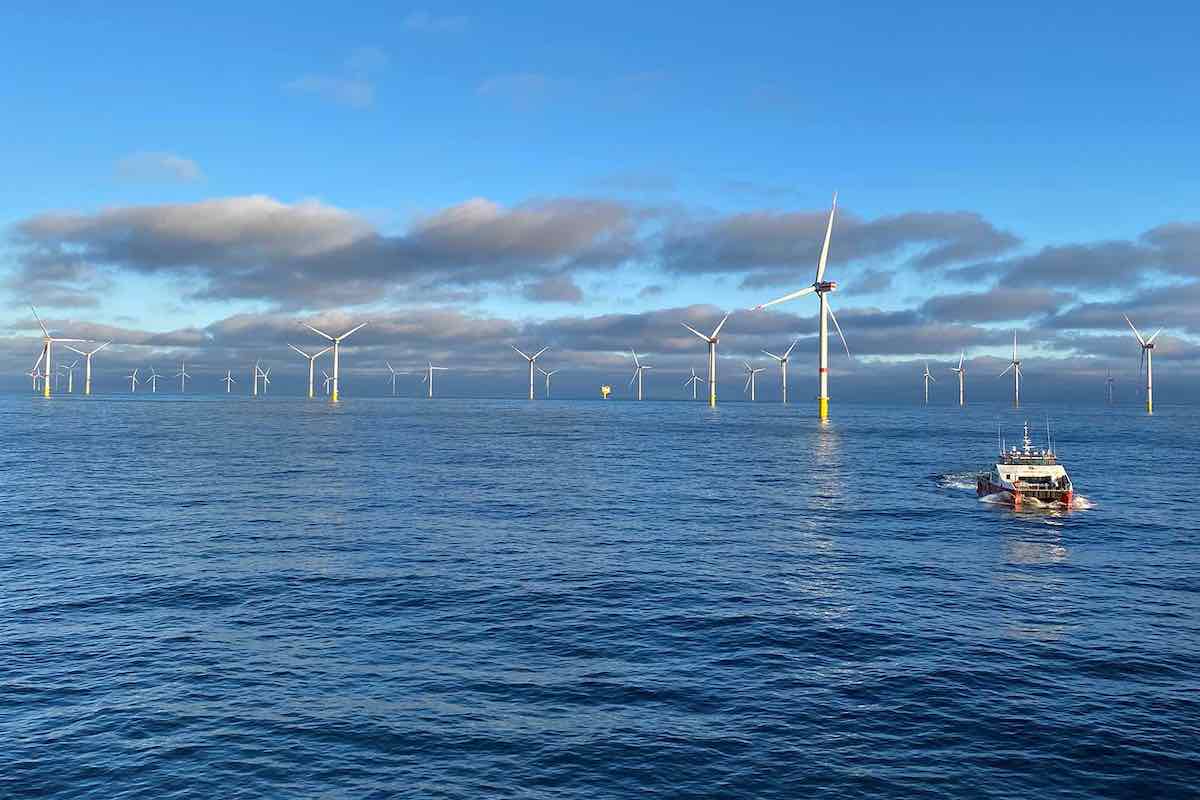The Asia Pacific (APAC) offshore wind industry is starting to gain serious traction. To date, the industry has created over 40GW of offshore wind capacity and is predicted to acquire a whopping 215GW of capacity between 2024 and 2033, according to the Global Wind Energy Council’s latest estimates.
However, while countries like Taiwan, Japan, Korea and China have established themselves as major offshore wind centres, other key markets, such as Australia, India, Philippines and Vietnam, are still in the early stages of development – and taking a stop-start approach.
If APAC is to realise its full offshore wind potential, Australia, India, Vietnam, and others will need to accelerate their offshore wind industries and overcome a raft of challenges. They will also need to adopt the lessons learnt by more mature offshore wind markets in Europe and North America.
Clear regulatory frameworks and consistent government support
One of the biggest reasons why Denmark, Germany, and other European countries are leading the way in offshore wind is due to their robust regulatory frameworks and strong, consistent government support.
Countries like Australia, India, Philippines and Vietnam have the potential to be offshore wind leaders, but they do not have the right regulatory regimes in place and are still refining initial drafts. Such regimes can take years to finalise and are often shelved due to government changes, creating a huge amount of uncertainty for developers, who are unlikely to commit to capital-intensive projects.
A good approach to developing regulatory frameworks is to begin with demonstrator projects. These projects not only allow for testing the framework itself but also provide valuable insights into the entire project development process, including financing and supply chain dynamics. By doing so, the framework can be refined and strengthened, ensuring more robust, long-term planning that will attract investors
By creating clear regulatory frameworks and strong government support, Australia, India, Philippines and Vietnam will give developers the confidence to commit to long-term projects that accelerate APAC’s offshore wind industry.
Loosen local content requirements
Local content requirements, mandating the use of local goods, services and labour are a key mechanism to ensure that the economic benefits of offshore wind expansion are felt locally. However, global experience dictates that they often slow down the development of offshore wind projects for several key reasons:
– Underdeveloped local supply chains;
– Lack of local, specialist skills and knowledge;
– Reduced access to global expertise;
– Significantly more expensive solution.
For an offshore wind industry to flourish, it needs both local and international expertise, and strict local content requirements can lead to international developers with the key skills, knowledge and capital exiting projects.
For example, Taiwan has introduced stringent local content requirements for its offshore wind industry, and while they are well-intended, they have proven an often-controversial sticking point – one that has led to several leading international developers leaving Taiwan due to spiralling costs.
Thus, when introducing local content requirements, Australia, India, Philippines and Vietnam should ensure they maintain a fine balance between promoting local economic growth and creating an enticing environment for international developers.
In addition, they should focus on doing one area well first rather than trying to accomplish everything at once. For example, focussing on creating local jobs rather than cheap renewable energy or corporate PPAs.
Introduce more attractive financial incentives
Rising inflation, high interest rates and ongoing supply chain disruption have made many offshore wind projects financially unviable in APAC. To help make offshore wind projects more financially attractive, Australia, India, Philippines and Vietnam should introduce attractive financial subsidies and tax breaks for developers at least in their initial phases.
Both the US and UK have done this successfully through the Inflation Reduction Act (IRA) and the creation of Great British Energy, and have built flourishing offshore wind industries as a result.
Invest in local supply chains and port infrastructure
Many countries in APAC – including Australia, India, Philippines and Vietnam – lack the local supply chains and port infrastructure to support large-scale offshore wind projects. The shortage of specialised installation vessels is also compounding this challenge.
Even in established markets such as Europe, these challenges threaten to be a major bottleneck for future growth – particularly for upcoming floating wind projects that require specialist port infrastructure for both construction and operations and maintenance (O&M).
Investing in new port infrastructure and updating local supply chains across APAC will therefore be critical to creating a thriving offshore wind industry. China is a great example of a country that has quickly developed and updated its local supply chains and port infrastructure to accommodate large-scale offshore wind projects.
The offshore wind industry in APAC has massive potential. But the reality is that it hasn’t been plain sailing for the markets taking a lead in the region. Emerging offshore wind markets like Australia, India, Philippines and Vietnam face a number of pitfalls, and they will need to draw on international experience and expertise to overcome them. By doing so, we will be able to accelerate not only APAC’s offshore wind industry but also the renewable energy transition as a whole.
Patrick Architta is president of Asia Pacific at K2 Management







